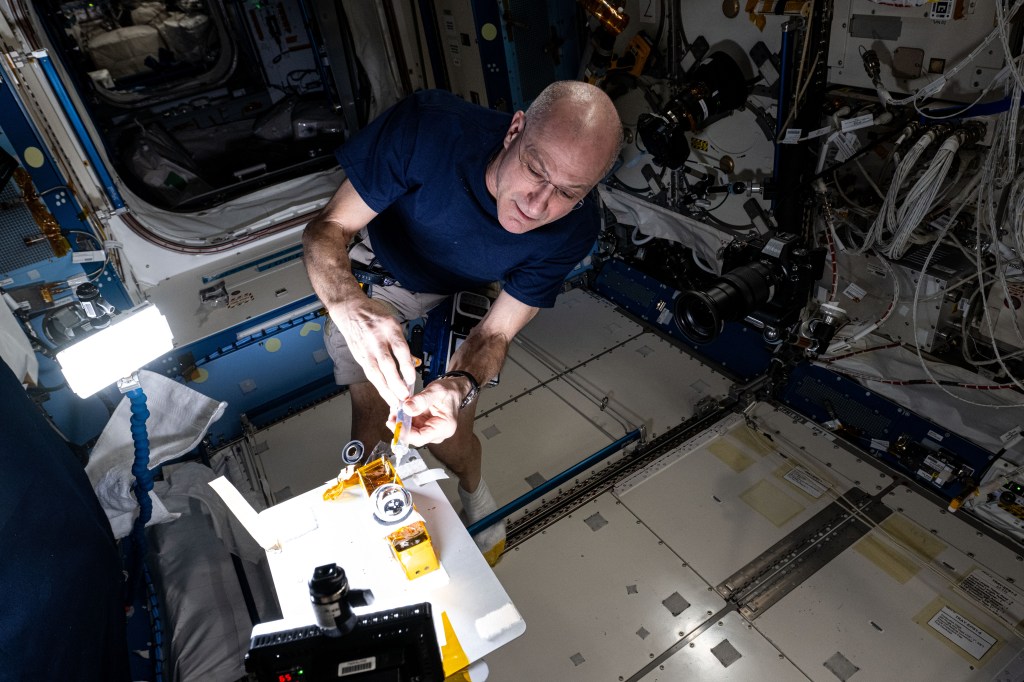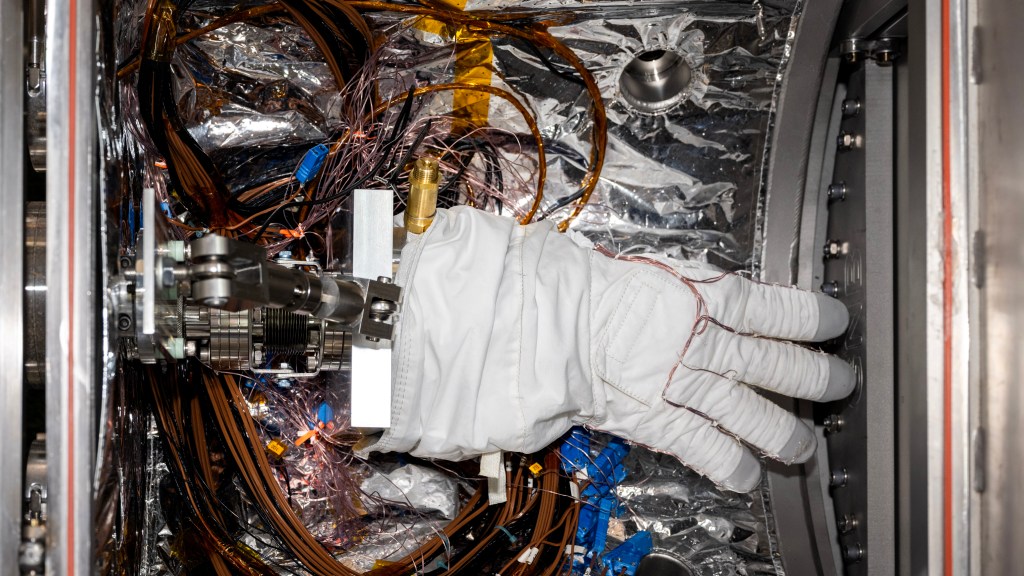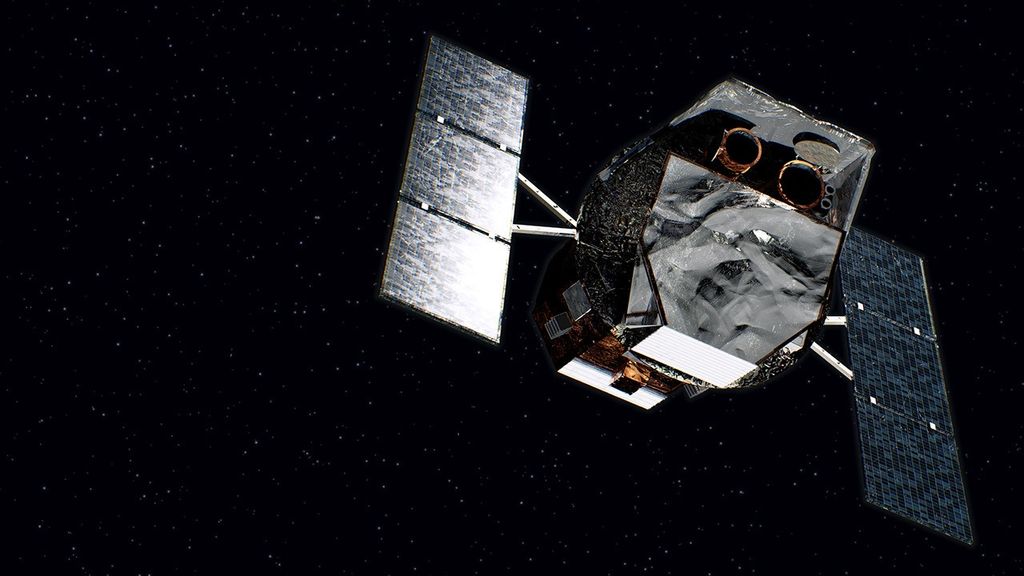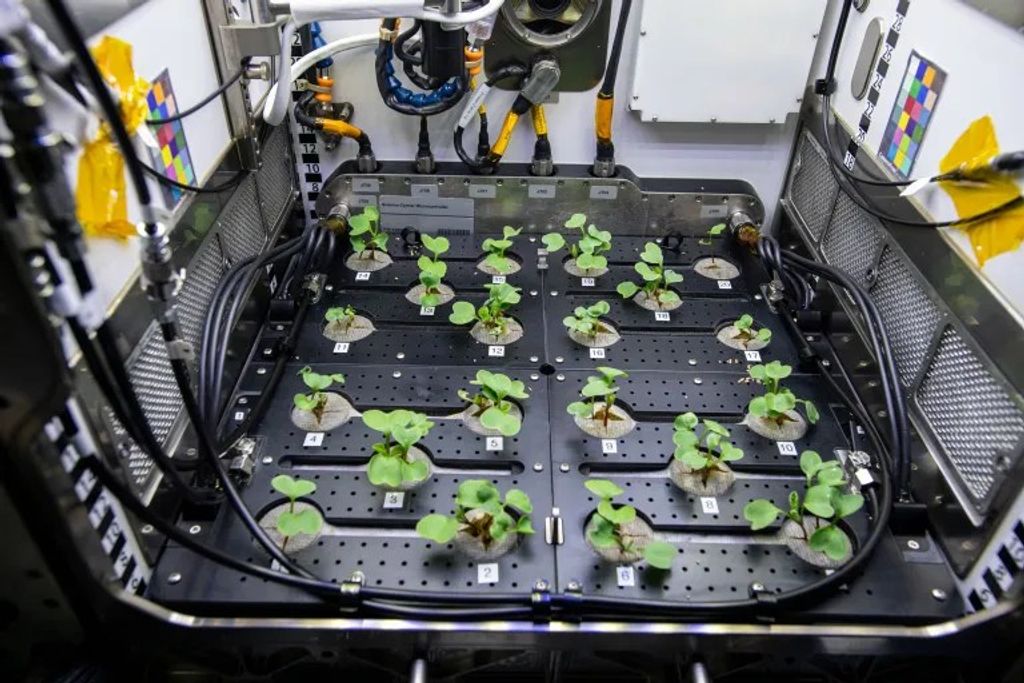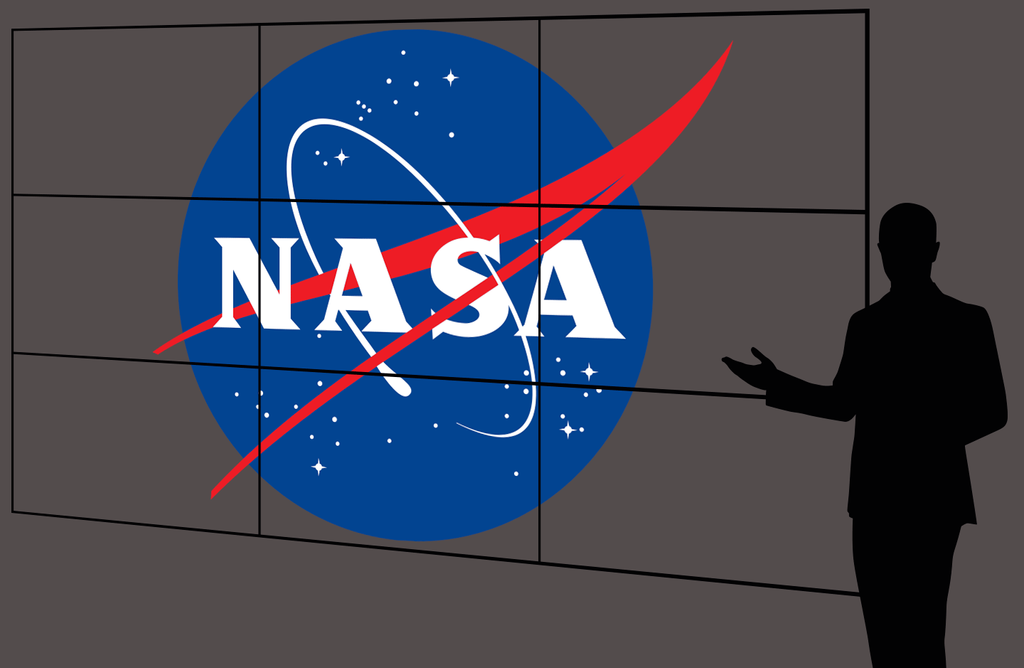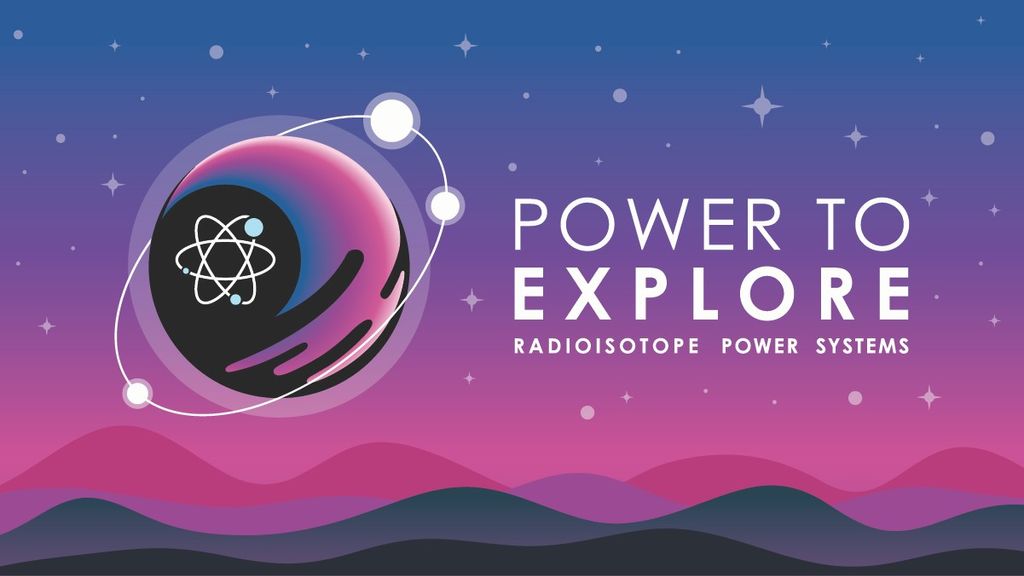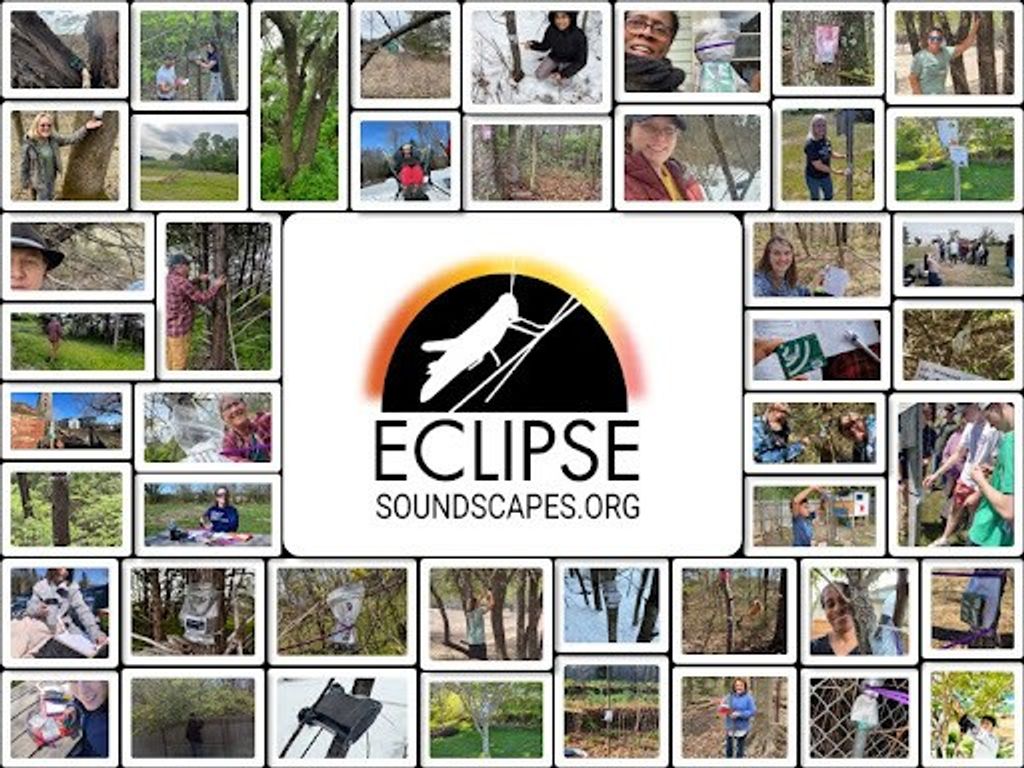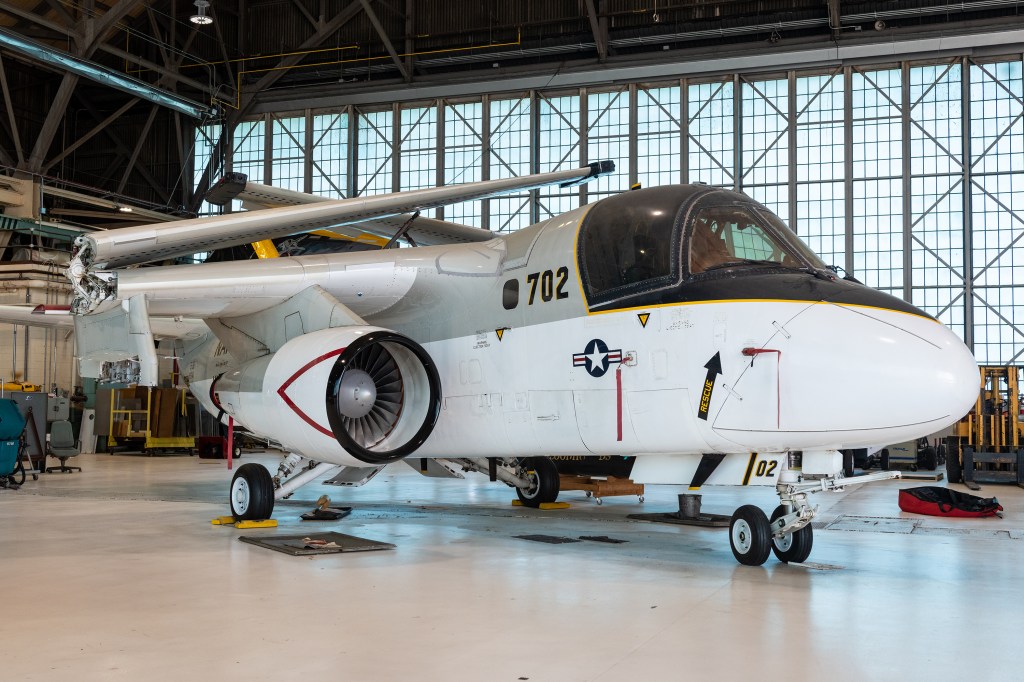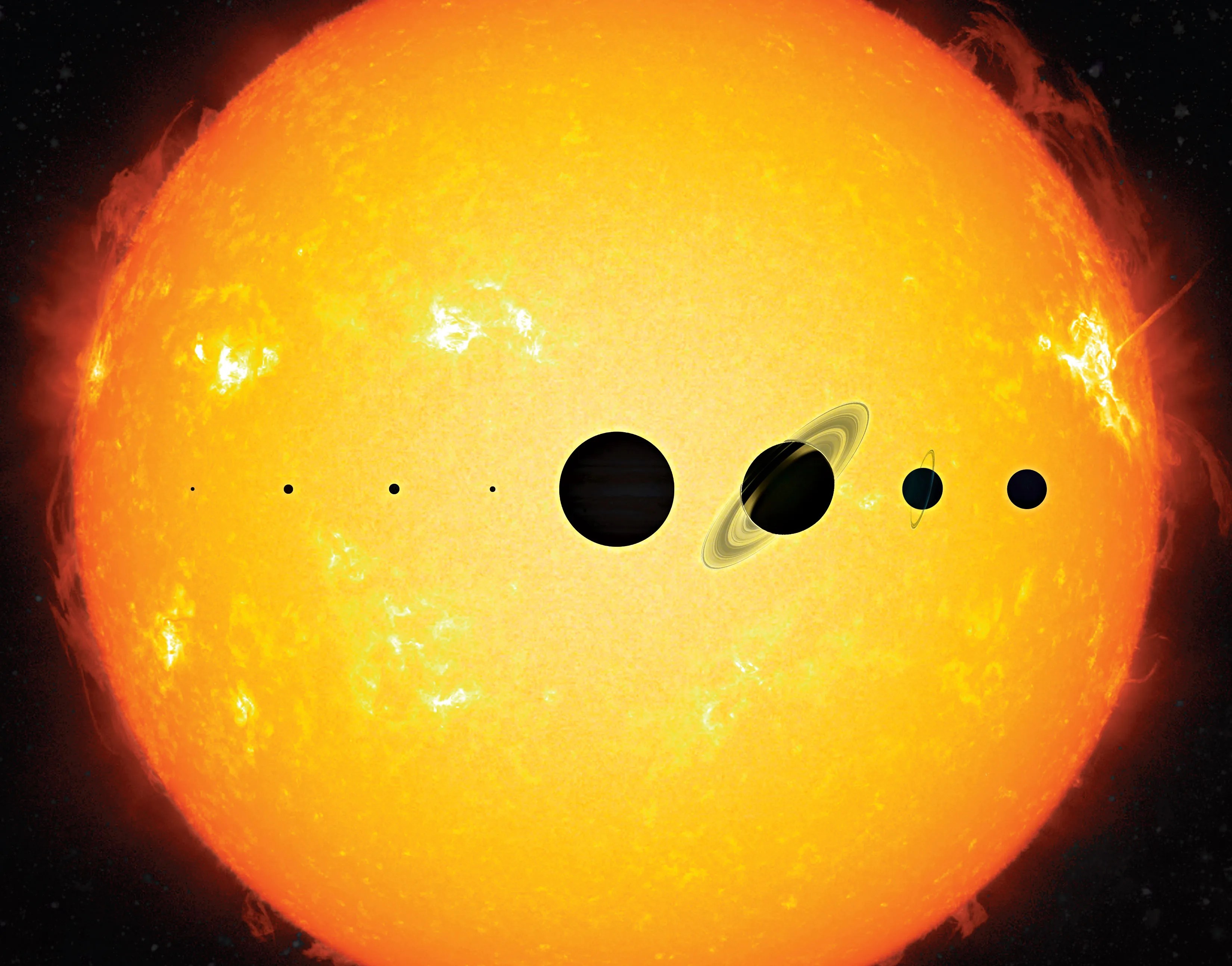
NASA’s aeronautical innovators are inviting university students to propose new research ideas that could help them solve some of the biggest technical challenges facing 21st century aviation.
The program is called the University Student Research Challenge (USRC) and the fast-approaching deadline for submitting a three-page proposal is 5 p.m. EST on November 12.
Selected student teams will be eligible to receive a grant from NASA that is worth up to $80,000 depending on the scope of the proposed project and the ability of the team to raise a small portion of that total by conducting a successful crowdfunding effort.
“We’re trying to challenge students so that in addition to the technical work they will also end up learning a little bit about what it takes to be an entrepreneur and manage the business side of things,” said Koushik Datta, NASA’s University Initiative project manager.
In fact, at least one member of the multidisciplinary team must be a business student to help with the crowdfunding portion of the project, although all team members must be involved to help ensure the students reach the established fundraising goal of $2,000.
The USRC proposal must describe a novel approach to addressing one of six major research thrusts as outlined in the Strategic Implementation Plan for NASA’s Aeronautics Research Mission Directorate.
Those research thrusts involve commercial supersonic air travel, air traffic management, system-wide safety, new subsonic transports, Advanced Air Mobility, and autonomy in aviation.
“These students will become part of the aviation workforce while we’re still working on these various research thrusts, so it’s important to NASA that we give them opportunities for real-world experience,” Datta said.
There will be two more opportunities for students to apply for the grants during the 2021 fiscal year that began October 1, 2020. Those deadlines are next year on February 25 and June 24.
With USRC’s total budget set at $400,000, up to five teams could be selected during the year if each were awarded the maximum amount of $80,000. But the total number of teams selected could be more depending on how much each team asks for and is awarded.
Once selected, a team will receive half of their requested grant to begin their research. At the same time, the team will begin its crowdfunding effort to raise $2,000. Once it has met that goal and informed NASA, the team will receive the rest of their grant.

“The great thing about this is that the teams aren’t limited in the amount they can raise. Once they’ve cleared the minimum amount we require, they can use any extra funds they bring in to apply to their research. We also reserve the right to award the full amount even if the team doesn’t make its crowdfunding goal, which we would decide on a case-by-case basis,” Datta said.
An earlier version of the project required 50 percent of the research budget come from crowdfunding, but it was found that goal was too difficult for most teams to reach.
“We wanted the crowdfunding to act as a teaching accelerator – as we still do – but the larger percentage goal was putting the brakes on the whole idea and we knew we had to make some changes,” Datta said.
Since 2018, eight student teams have received grants. Research topics have included extending drone delivery distance with a multi-mode hybrid delivery system and designing an automated drone capable of lifting the weight of an average person.
Students already involved have great praise for the USRC.
“Is it working well? Absolutely. This program is highly beneficial to students,” said Robert Moore, a student at Embry Riddle Aeronautical University in Daytona Beach, Florida.
Moore is the team leader for a USRC project that is trying to develop a redundant system that could be used by small, unmanned drones to back up the aircraft’s primary flight control system.
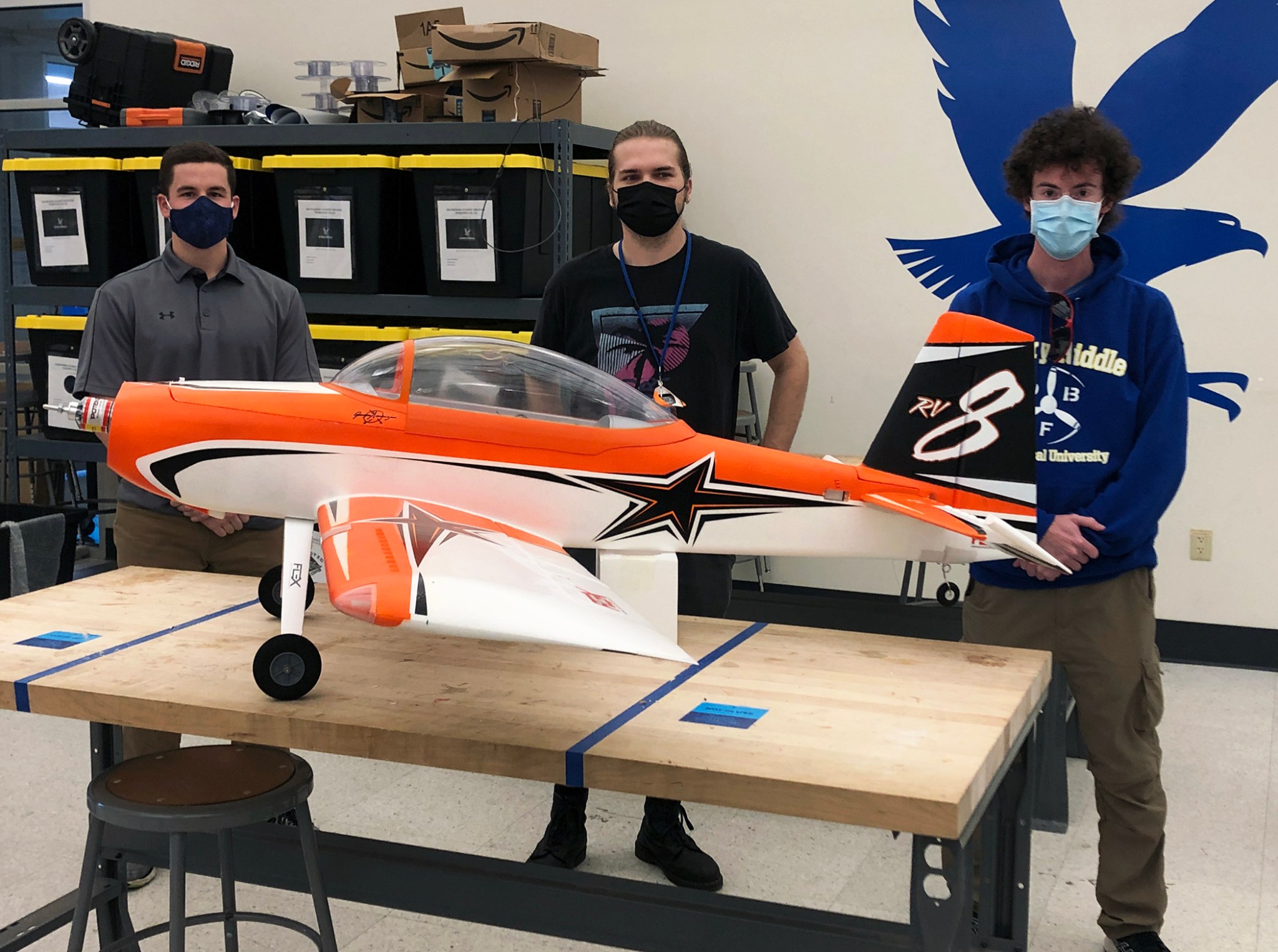
Moore noted how the crowdfunding requirement got them thinking about how to run their project like a small startup company that had to publicize their work and deliver results to their shareholders. As a result, several companies have become aware of their research and expressed an interest in their concept, Moore said.
The sentiment about USRC is similar a little farther to the north at Georgia Tech in Atlanta, where a student team is looking at ways to improve airflow over an airplane’s wing by being able to adjust small vanes attached to its surface as needed in flight.
“I think it’s a fantastic program because it gives us so much room for creativity and experimentation. Crowdfunding was an especially exciting experience for us. We learned a lot about how to create a brand for our mission,” said Georgia Tech’s USRC student team leader, Michael Gamarnik.
The USRC is similar in concept to – but on a much smaller scale than – NASA’s University Leadership Initiative. That initiative also allows universities to propose research ideas to NASA Aeronautics, but teams are larger, involve multiple universities, industry partners and much larger budgets.
Complete details for this USRC NASA Research Announcement, which includes what to include in a proposal and how to submit it, can be found here.



